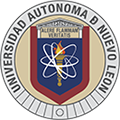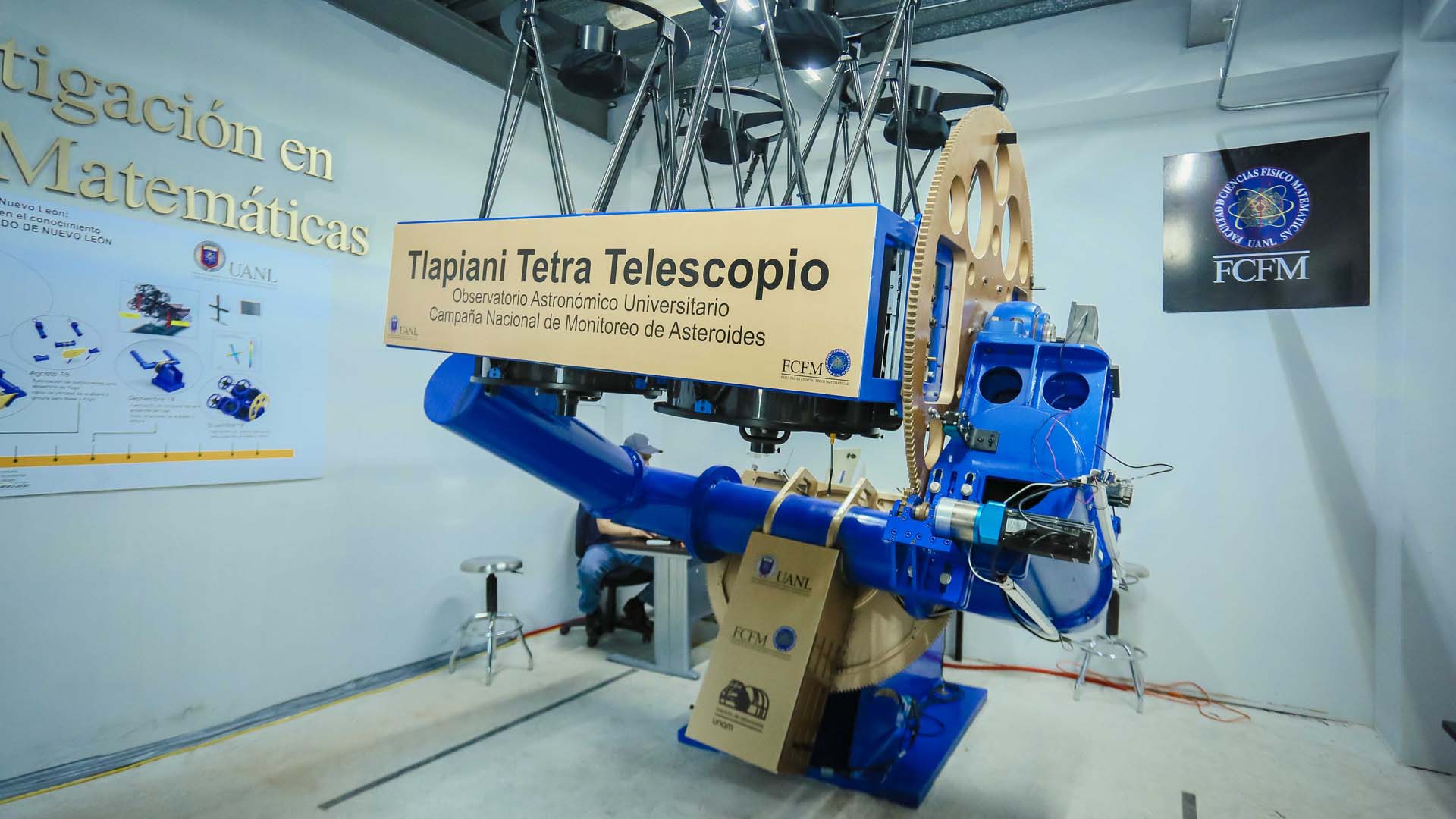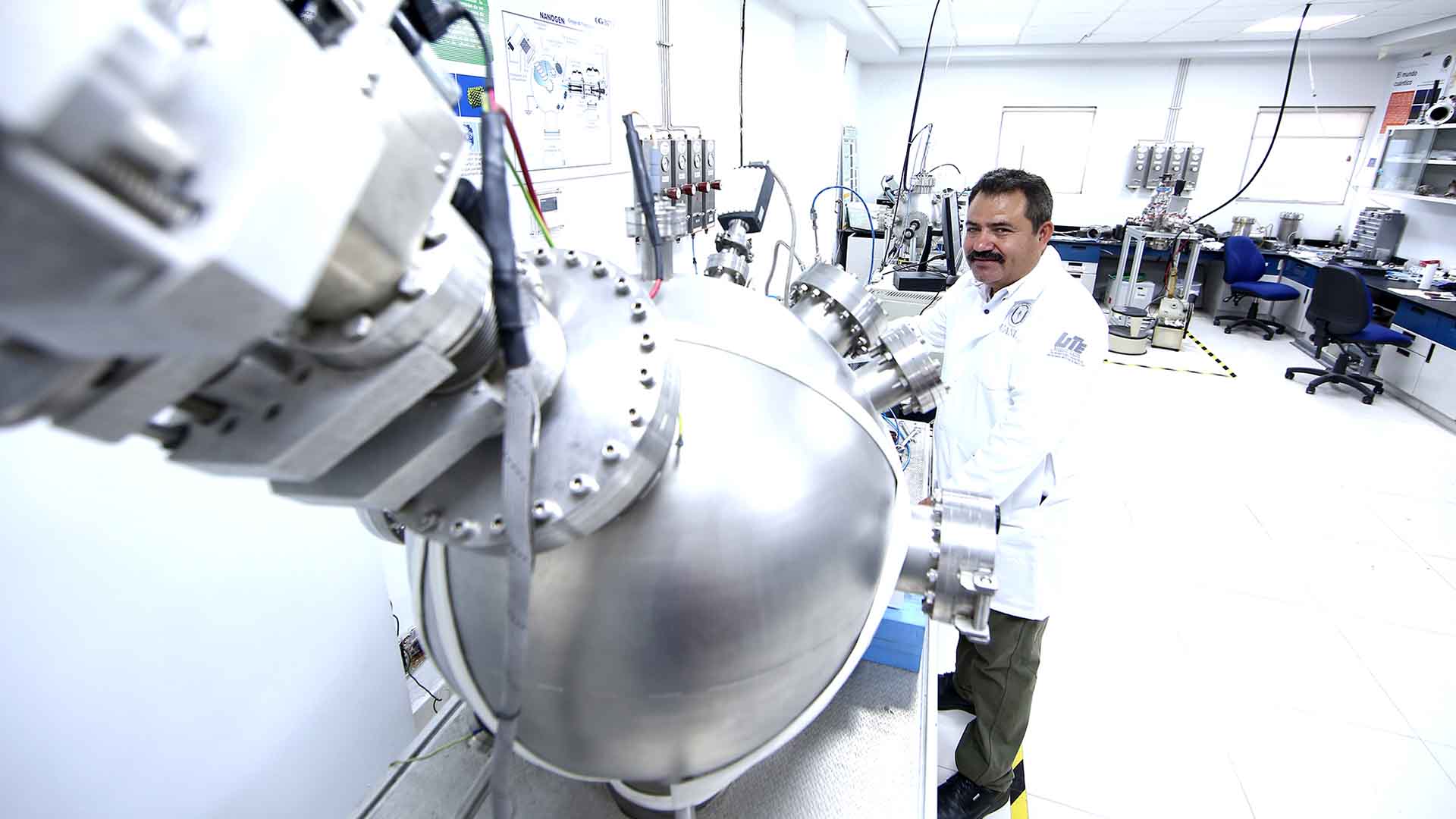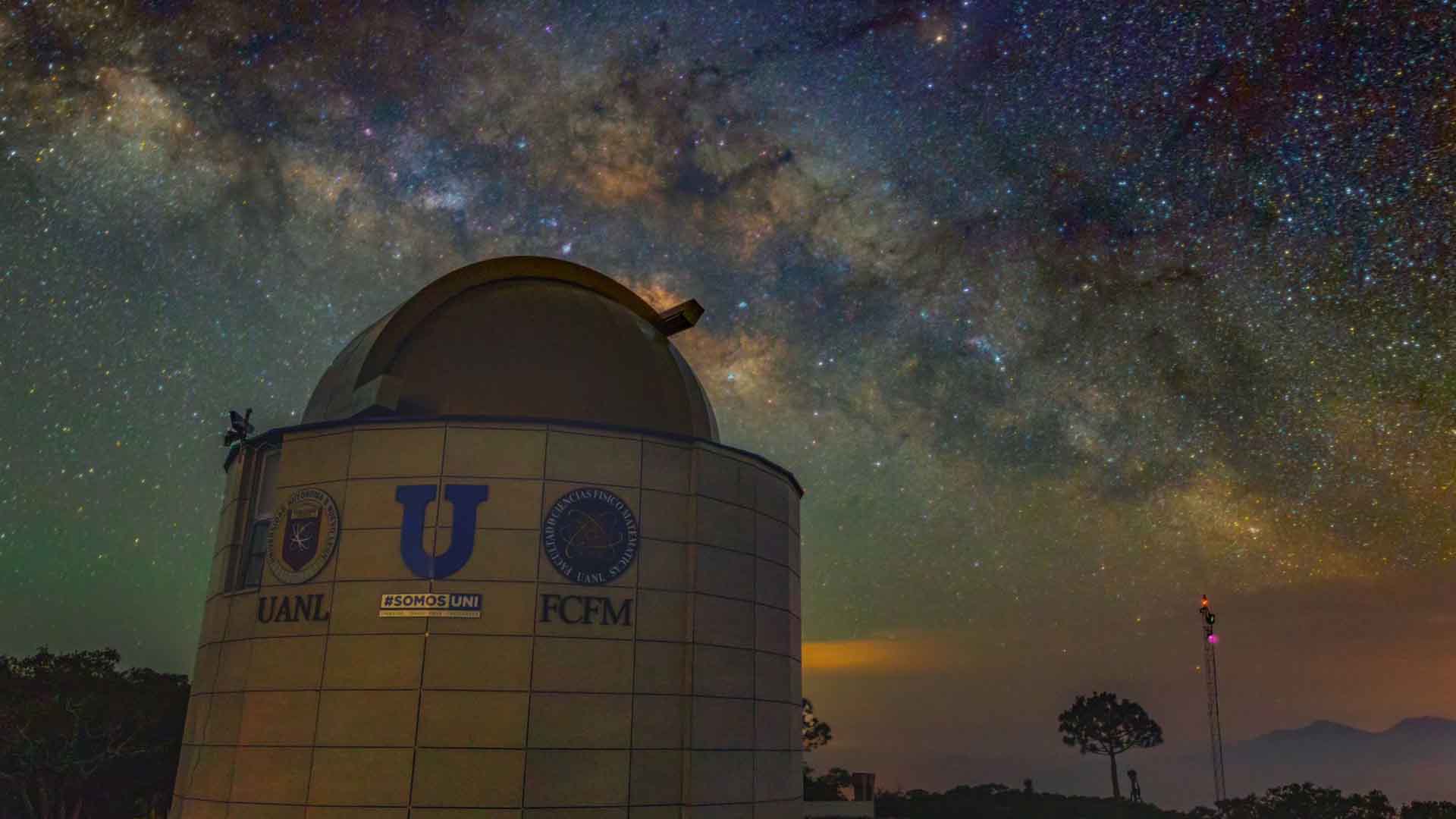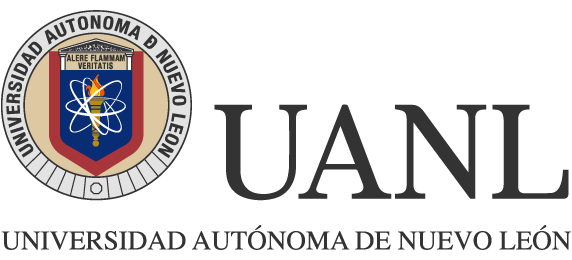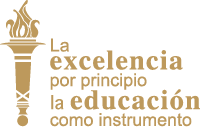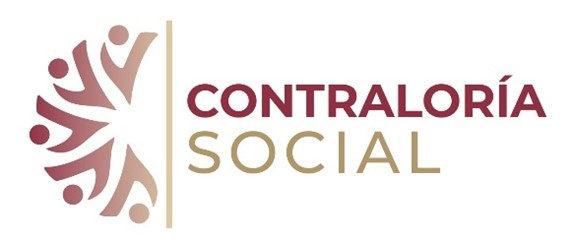Share:
UANL Astronomy Program, 10 years later.
Ten years after its creation, the UANL Program for the Development of Astrophysics and Space Sciences has worked on educational programs, created its own telescope and observatory, and established agreements with space agencies.
Forty years ago, students at the UANL School of Physical and Mathematical Sciences were already dreaming of a space study program. That dream is now 10 years old and is expanding its objectives and scope like a Big Bang.
The University Program for the Development of Astrophysics and Space Science began on March 5, 2012, when UANL signed a collaboration agreement with the Instituto de Astrofísica de Canarias, Spain.
The program leader believes that is the telescope the most important element of an astronomical observatory. They considered buying a 1.3-meter telescope that would help them detect asteroids. However, due to limited resources, they were unable to do so.
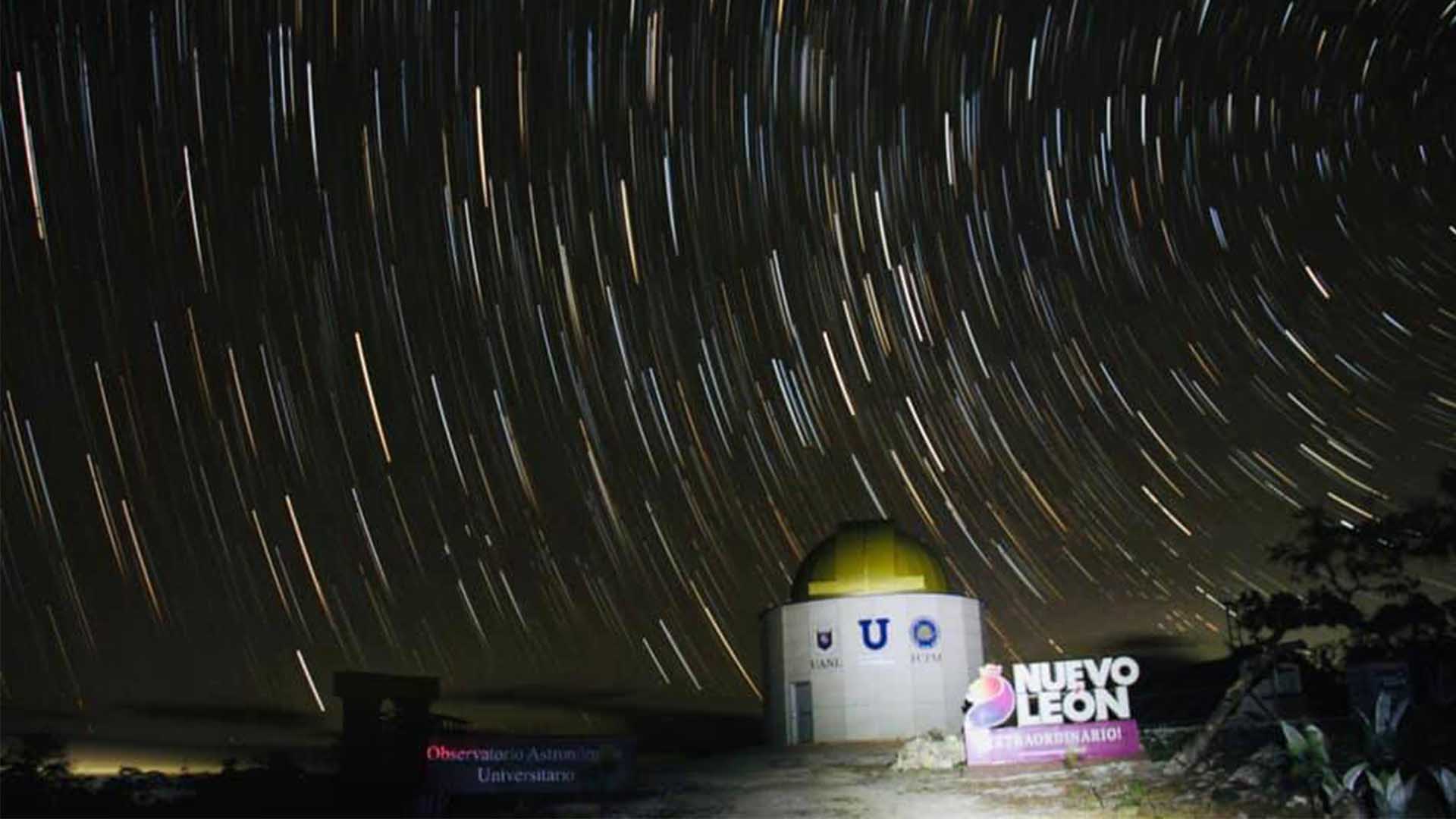
“We came to the idea that a good way to do research while training staff was to design and build our own telescope in cooperation with UNAM. So we decided to make a specific telescope for asteroid monitoring, we named it the Tlapiani,” he said.
Space agencies and scientific tourism
In addition to the Instituto de Astrofísica de Canarias, the Observatory has signed collaboration agreements with the Russian Academy of Sciences, the Shanghai Astronomical Observatory, and recently with the Brazilian Space Agency.
Beyond the scientific side, he commented that another essential feature of the program involves promoting the economic development of the towns of Iturbide, Galeana, Bustamante, and soon Zaragoza.
There was a constitutional amendment in 2014 in terms of civil protection that acknowledged two astronomical phenomena as causes of natural disasters: the potential fall of an asteroid and the impact of a solar storm on technological systems”. Eduardo Pérez Tijerina.
That is the reason why the National Space Weather Laboratory located in the School of Physical and Mathematical Sciences is working to create its own Tlapiani tetra-telescope to detect asteroids.
Posted by: Prensa UANL
